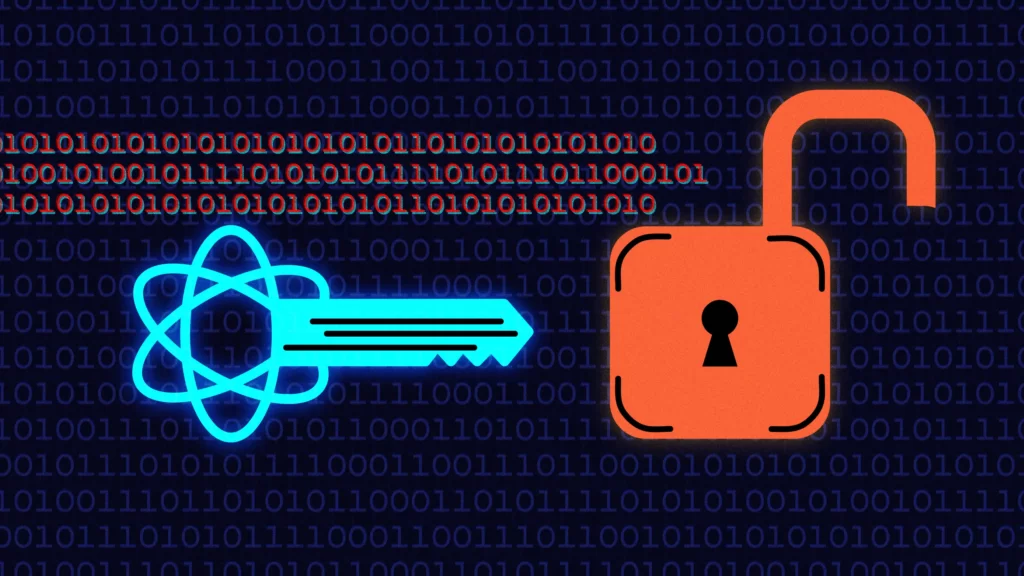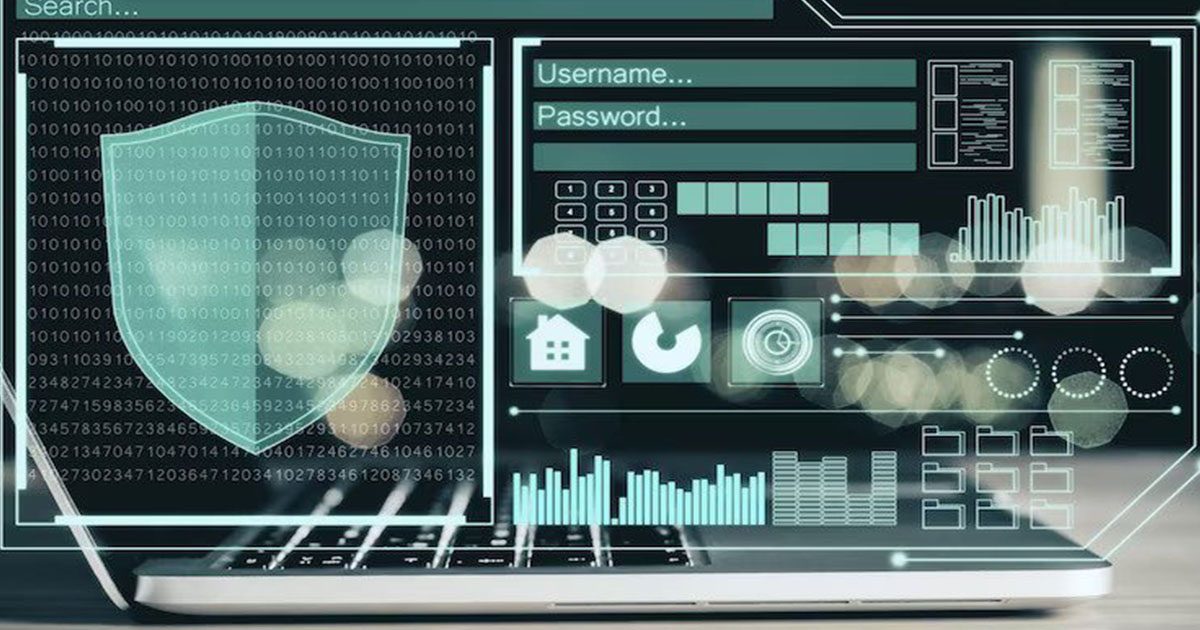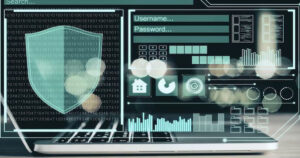In our increasingly interconnected and technology-driven world, the importance of cybersecurity has never been more paramount. With each passing day, the digital landscape witnesses the emergence of newer and more sophisticated cyber threats that pose significant risks to individuals, businesses, and nations alike. As malicious actors continue to exploit vulnerabilities, the need for robust cybersecurity measures has become a top priority.
In response to these ever-evolving challenges, cybersecurity experts and researchers have been diligently working to develop cutting-edge solutions to counter modern threats. From the implementation of artificial intelligence to the adoption of blockchain technology, these advancements have revolutionized the cybersecurity landscape, equipping organizations with the tools and knowledge necessary to safeguard their digital assets.
1) Artificial Intelligence And Machine Learning
Artificial Intelligence (AI) and Machine Learning (ML) have emerged as formidable allies in the ongoing battle against cyber threats. These technologies have the capability to analyze vast amounts of data, identify patterns, and detect anomalies in real-time, making them invaluable for threat detection and prevention. By continuously learning from new data, AI and ML algorithms can adapt to evolving threats, enhancing the overall security posture.
2) Quantum Cryptography

Traditional cryptographic methods face increasing vulnerability to quantum computing attacks. Quantum cryptography, based on the principles of quantum mechanics, offers a revolutionary approach to secure communications. Leveraging quantum key distribution, this cutting-edge technology ensures unbreakable encryption and protects sensitive information from prying eyes, even in the presence of powerful quantum computers.
3) Zero-Trust Architecture
Zero-Trust Architecture is a paradigm shift from the conventional perimeter-based security approach. It operates under the assumption that no entity, whether internal or external, should be inherently trusted. Instead, it continuously verifies the identity and security status of users and devices before granting access to resources. This approach minimizes the potential damage of a breach and restricts lateral movement within a network.
Traditional network security often relied on a perimeter-based approach, assuming that threats were kept outside the organization’s network. However, with the rise of sophisticated attacks, the zero-trust architecture has gained prominence. This approach assumes that no user or device should be trusted implicitly, even if they are inside the network perimeter. It verifies and validates every user and device attempting to access resources, adding multiple layers of authentication and authorization to ensure data security.
4) Threat Intelligence Platforms
Threat Intelligence Platforms (TIPs) provide organizations with real-time, actionable insights into emerging threats and vulnerabilities. These platforms gather data from diverse sources, including dark web monitoring, malware analysis, and open-source intelligence, to deliver a comprehensive understanding of the threat landscape. By proactively identifying potential risks, TIPs empower cybersecurity teams to bolster their defenses.
5) Biometric Authentication

Passwords and traditional authentication methods are susceptible to compromise through various means. Biometric authentication, such as fingerprint scanning, facial recognition, and iris scanning, offers a highly secure alternative. Biometric data, being unique to each individual, makes it significantly harder for unauthorized users to gain access, thereby enhancing overall security.
6) Blockchain Technology
Blockchain, most commonly associated with cryptocurrencies, has far-reaching applications in cybersecurity. Its decentralized and immutable nature provides an ideal framework for secure data storage and sharing. In cybersecurity, blockchain can be utilized to build tamper-proof audit logs, secure identity management, and facilitate secure communication channels.
While blockchain technology is widely associated with cryptocurrencies, its decentralized and tamper-resistant nature has significant implications for cybersecurity. Blockchain’s distributed ledger system ensures that data cannot be altered without consensus from the network, making it an ideal solution for secure data storage and ensuring data integrity. It also has the potential to transform identity management, supply chain security, and protection against distributed denial-of-service (DDoS) attacks.
7) Cloud Security Solutions
With the widespread adoption of cloud computing, securing cloud environments has become paramount. Cloud security solutions offer a range of tools and practices that safeguard data, applications, and infrastructure hosted in the cloud. Encryption, access controls, and threat monitoring are some of the features that strengthen cloud security.
The adoption of cloud computing has revolutionized the way businesses operate, but it has also introduced new security challenges. Cloud security solutions have emerged to protect data stored on remote servers, ensuring confidentiality, integrity, and availability. Advanced encryption, multi-factor authentication, and secure access controls are some of the essential features offered by cloud security platforms.
8) Internet Of Things (IoT) Security

The proliferation of Internet of Things (IoT) devices has introduced new entry points for cyber attackers. IoT security advancements focus on securing the diverse ecosystem of interconnected devices. Implementing robust encryption, frequent security updates, and adopting a zero-trust approach are essential to safeguarding IoT networks.
The proliferation of IoT devices has expanded the attack surface for cybercriminals. From smart homes to industrial control systems, IoT security is paramount to prevent potential breaches. Advancements in IoT security include end-to-end encryption, frequent software updates, and the development of secure protocols to safeguard communication between devices.
9) Behavioral Analytics
Behavioral analytics employs machine learning algorithms to analyze user behavior and detect anomalous patterns that may indicate unauthorized access or suspicious activities. By establishing baseline behavior for users and systems, behavioral analytics can effectively detect insider threats and sophisticated cyber attacks.
10) Incident Response Automation
As cyber threats increase in complexity and volume, organizations face challenges in responding promptly and effectively. Incident response automation streamlines the detection, analysis, and containment of security incidents, minimizing response times and mitigating potential damage.
Cybersecurity teams often face overwhelming workloads due to the sheer volume of security alerts and incidents. Incident response automation streamlines the process of detecting, analyzing, and responding to security incidents. By automating routine tasks, cybersecurity professionals can focus on more complex issues, significantly reducing response times and improving overall security posture.
Conclusion
In conclusion, the rapid pace of technological advancements has fueled the evolution of cybersecurity to counter modern threats. From leveraging AI and ML for intelligent threat detection to embracing quantum cryptography for unbreakable encryption, these advancements play a pivotal role in safeguarding our digital world. However, as the threat landscape continues to evolve, maintaining vigilance, ethical considerations, and collaborative efforts remain integral in ensuring a secure cyberspace for generations to come.
As cyber threats continue to evolve in complexity and scale, the cybersecurity landscape must keep pace with advanced defense mechanisms. The ten advancements discussed in this article offer promising solutions to counter modern threats and protect our digital world. Embracing these innovations and fostering a collaborative approach will empower organizations and individuals to stay one step ahead in the ongoing battle against cyber adversaries. By prioritizing cybersecurity and leveraging cutting-edge technologies, we can build a safer digital environment for all.
Also Read:- 10 Innovations Driving The Future Of Self-Driving Cars
Source Image : Freepik.com





